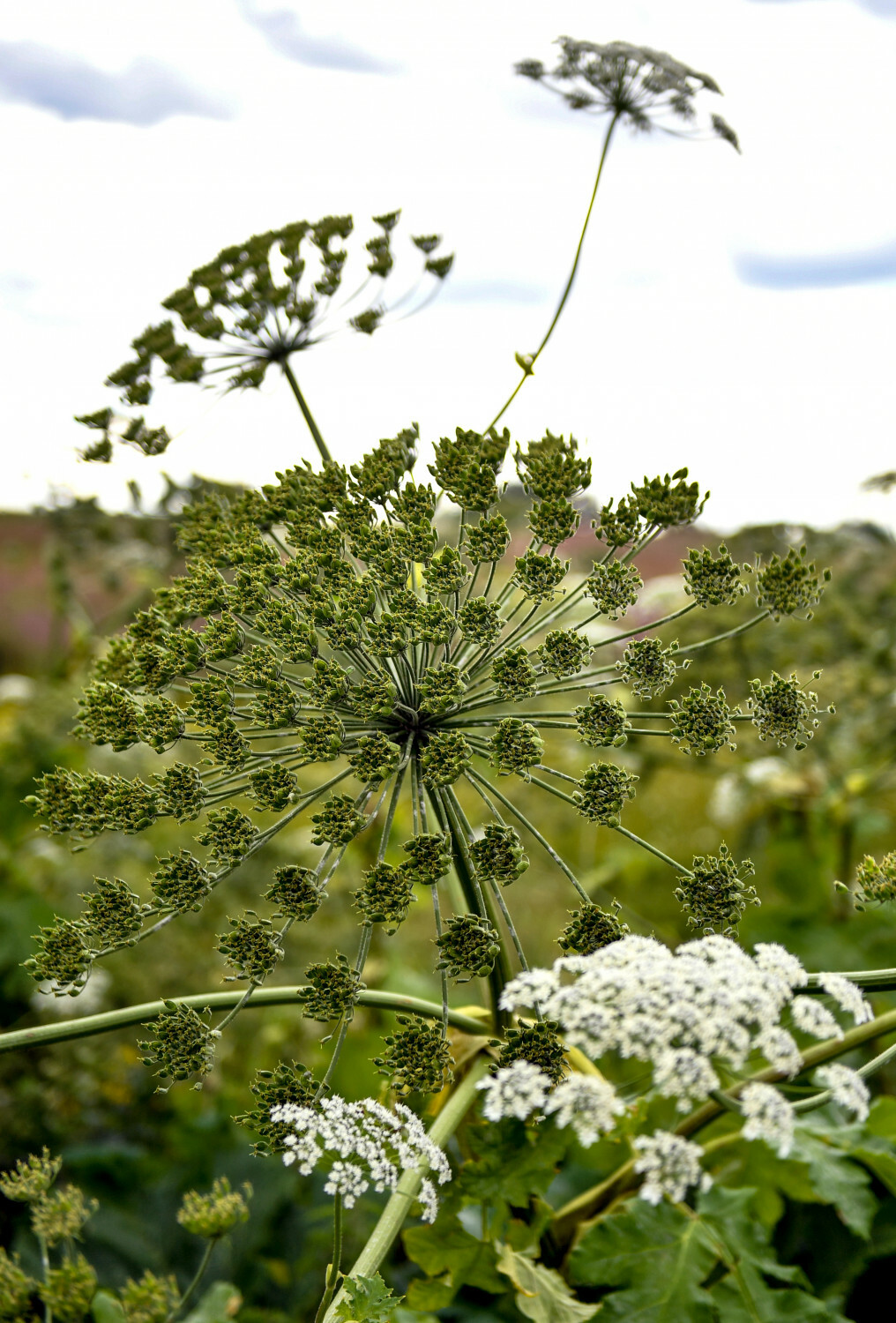As every year during the summer season, the General Directorate for Environmental Protection (GDOŚ) warns against the Sosnowski hogweed. Contact with this health-threatening plant, combined with sunlight, can cause severe and hard-to-heal burns – reddening of the skin, blisters and inflammation that lasts for about three days.
“Be careful when walking, and preferably avoid this plant from a distance. It is easily mistaken for our native species angelica litvora”, warn specialists from the GDOŚ.
The warning also includes guidelines on what to do if one comes into contact with Sosnowski hogweed. “Do not scratch the burn area or use any chemicals without consulting a doctor. Instead, wash the burned area with plenty of water and shield it from the sun, then drive to a doctor as soon as possible.
If possible, take a photo of the plant that has burned you (there are several species of hogweed with different toxicities). Unfortunately, it is not always possible to determine where the contact occurred, as the first symptoms occur 30 minutes after contact with the plant”.
Persons can check the locations of Sosnowski hogweed on a special map on the internet, where new habitats of this dangerous plant keep emerging. In July, a site of the toxic hogweed was detected in Warsaw’s Wola district, a few weeks earlier on the capital’s Solidarności Avenue, near Ostrołęka, in Kampinos and in the Modlin fortress.
“Research based on predictions and mathematical models shows that there is practically no place in Poland that could not be colonised by hogweed. This is confirmed by the distribution of sites (submissions) in the http://mapa.barszcz.edu.pl database, which is relatively even across our country. It covers both urban areas, including large agglomerations, and rural areas,” says Izabela Sachajdakiewicz, co-author of the map and environmental specialist.
Arkadiusz Słomczyński





